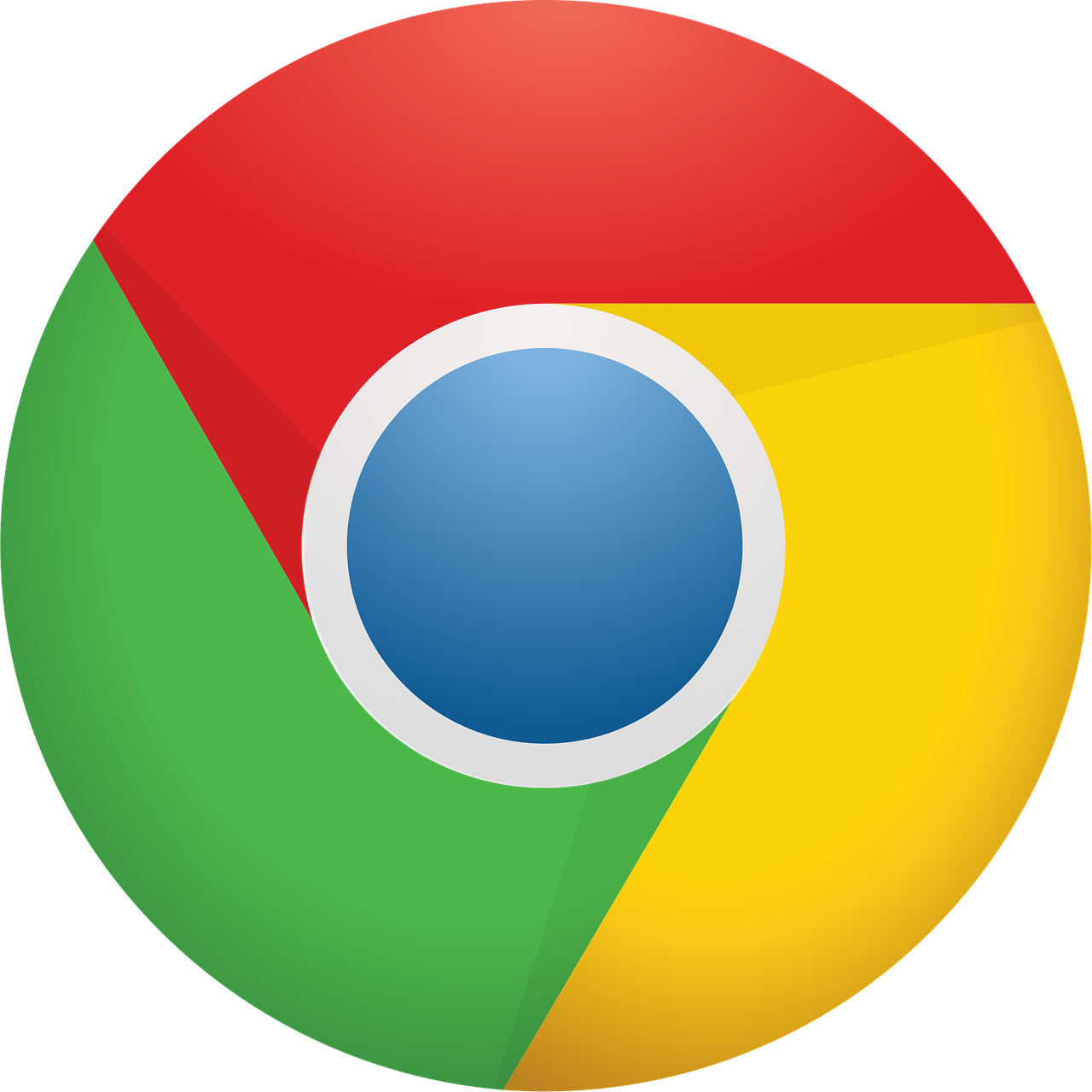In the constantly evolving realm of marketing, businesses face a fundamental choice: should they invest in social media marketing, embracing the digital wave, or stick with traditional advertising methods that have stood the test of time? This question reverberates across boardrooms and marketing departments worldwide. Social media marketing has revolutionized how brands like Nike, Apple, and Starbucks engage with their audiences, offering real-time interaction, targeted advertising, and unparalleled reach. Meanwhile, traditional advertising, championed by giants like Coca-Cola, Toyota, and McDonald’s, continues to command attention through TV spots, print ads, and billboards that leave a lasting impression. As 2025 unfolds with new technologies and shifting consumer behaviors, the debate intensifies: which approach delivers better results, higher engagement, and a stronger return on investment? Navigating this decision requires a deep dive into both strategies’ mechanics, strengths, and limitations — helping brands craft a balanced marketing strategy that resonates with their target market.
Understanding Social Media Marketing vs. Traditional Advertising: Key Characteristics and Practical Differences
The dust has settled on the fundamental distinction between social media marketing and traditional advertising, but what truly sets them apart? Social media marketing leverages platforms like Facebook, Instagram, and LinkedIn, creating a digital playground where brands communicate directly with consumers in a highly personalized and interactive environment. This method thrives on a “pull” strategy, attracting users through engaging content, fostering brand loyalty, and enabling transparent two-way conversations.
Traditional advertising, however, adopts a “push” approach, broadcasting a message to large audiences via television commercials, radio ads, billboards, and newspapers. This form of advertising is characterized by its tangible presence and historical credibility, offering brands a broad-reaching platform that impresses through scale rather than detailed targeting. Consider Apple’s iconic 1984 Super Bowl ad, a masterstroke of traditional marketing that achieved widespread recognition and brand association.
To outline their practical differences:
- Audience Reach: Traditional advertising casts a wide net, potentially spanning millions with each TV spot or billboard but often lacking precision in targeting.
- Targeting Efficiency: Social media marketing shines with laser-focused segmentation using demographics, behaviors, and interests, reducing wasted spend.
- Engagement: Social media allows real-time interaction, enabling brands to respond to feedback instantly; traditional ads rarely facilitate immediate dialogue.
- Content Versatility: Social media supports diverse content types — videos, polls, live streams — adaptable on the fly compared to static traditional formats.
- Cost Considerations: While traditional ads demand significant budgets for production and placement, social media marketing is generally accessible to brands with varied sizes and budgets.
Moreover, renowned brands have tailored their strategies to exploit these differences. For instance, Pepsi mixes dynamic social media campaigns targeting young audiences with traditional event sponsorships and TV advertising. Samsung effectively blends product launch events aired on television with vibrant Instagram stories and influencer partnerships. Understanding these nuances is essential to optimizing a brand’s marketing investment by knowing when and how to deploy each strategy.

| Attribute | Social Media Marketing | Traditional Advertising |
|---|---|---|
| Communication Style | Two-way, interactive, real-time engagement | One-way, broad messaging with limited feedback |
| Audience Targeting | Highly precise using data algorithms | Generalized, less targeted |
| Cost | Affordable, scalable for all budgets | Expensive production and placement |
| Content Type | Dynamic, multimedia, adaptable | Static, fixed-format |
| Measurement | Real-time analytics and tracking | Difficult ROI measurement |
Cost Efficiency and Return on Investment: How Social Media and Traditional Ads Stack Up in 2025
One of the biggest considerations for any marketer is return on investment (ROI). Social media marketing’s rise in popularity is largely due to its cost-effective nature and ability to deliver measurable results quickly, making it an especially attractive option for startups and mid-sized companies. Platforms offer budget control with options to promote content at varying spend levels, targeting precise audience segments.
The beauty of social media marketing lies in its analytics capabilities. A campaign promoting a new product line on Instagram or Facebook for a brand like Amazon can reveal which ads convert, at what cost, and how audiences engage in real-time. This immediate data allows marketers to pivot swiftly, optimizing content, call-to-actions, and targeting for maximum impact — something traditional advertising cannot match due to its static nature.
Traditional advertising, by contrast, requires a significant upfront investment. Costs for prime-time TV commercials from giants like Coca-Cola or McDonald’s can be eye-watering, often reserving these opportunities for well-established brands with deep pockets. Production costs for creating compelling TV or radio spots add to the financial burden, alongside distribution expenses such as printing or placement fees for billboards and magazines. Additionally, tracking ROI is more complex, with metrics based on estimations and indirect consumer behavior analysis rather than precise attribution.
Advantages social media marketing offers in cost-efficiency include:
- Multi-tier budget options: Test low-budget ads and scale successful campaigns.
- Precise audience targeting: No money wasted on uninterested viewers.
- Real-time optimization: Immediate adjustment based on performance metrics.
- Lower production costs: High-quality content creation is more accessible.
Traditional advertising still brings value through mass reach and branding but often lacks the agility required for quick ROI improvements. For an automotive giant like Toyota, combining both to reinforce brand prestige through TV while leveraging social media for direct engagement is often the winning formula.
| Marketing Method | Average Cost | Typical ROI Characteristics | Best Use Case |
|---|---|---|---|
| Social Media Marketing | $500 – $20,000 monthly (scalable) | Measurable, fast insights, optimizable | Targeted campaigns, startups, engagement |
| Traditional Advertising | $10,000 – $500,000+ per campaign | Long-term branding, harder to measure | Brand awareness, mass-market products |
Building Strong Customer Relationships: Interactive Engagement of Social Media vs. One-Way Messaging in Traditional Advertising
In today’s consumer-centric marketplace, fostering strong customer relationships is paramount. Social media marketing has reshaped this dynamic by enabling brands to engage in two-way conversations, fostering authentic connections, and building loyal communities. With platforms such as Instagram and Twitter, companies like Disney and Starbucks communicate directly with customers, respond to their concerns instantly, and share personalized content that resonates on a human level.
This real-time interaction is invaluable. For example, when Nike launches a new line, active engagement with followers on social media channels can generate buzz organically through user-generated content, reviews, and direct feedback. This dynamic fosters trust and encourages repeat business.
Conversely, traditional advertising relies predominantly on one-way communication. TV or print ads create brand awareness but rarely provide avenues for immediate customer interaction. While such ads can be memorable — think of Coca-Cola’s holiday campaigns or McDonald’s Happy Meal promotions — they lack the immediacy social media offers. Moreover, the absence of direct feedback channels limits opportunities for brands to address concerns or capitalize on viral moments.
In terms of customer relationship advantages for social media marketing:
- Responsive brand presence: Quick replies and problem-solving.
- Community building: Foster loyalty through shared values and interests.
- Personalized content: Tailor messaging to audience segments.
- Amplified word-of-mouth: Encouraging user-generated content and testimonials.
However, traditional media still offers benefits, particularly in broad brand recognition and reinforcing credibility. Samsung’s large-scale TV campaigns often support their social media initiatives, marrying broad reach with targeted conversations.

Challenges, Limitations, and the Power of Integrating Social Media with Traditional Marketing
Even with the clear advantages of social media marketing, challenges like algorithm unpredictability, misinformation risks, and the massive time investment required to manage multiple platforms cannot be overlooked. Similarly, traditional advertising is constrained by high costs, limited targeting, and difficulty measuring impact.
The key insight for marketers in 2025 is that the battle between social media and traditional marketing isn’t a zero-sum game. Instead, the real power lies in integrating these approaches into a cohesive marketing mix. Brands like Amazon demonstrate this masterfully by combining direct mail and TV ad campaigns with social media blitzes and influencer collaborations to create multi-channel resonance.
This hybrid approach maximizes reach, engagement, and ROI by:
- Diversifying acquisition channels: Mitigating risk if one platform faces disruptions.
- Leveraging complementary strengths: Broad awareness from traditional with real-time engagement from social media.
- Extending customer journey touchpoints: From awareness through social channels to deeper relationship-building via email or events.
- Boosting brand resilience: Ensuring marketing continuity regardless of platform algorithm changes or media consumption trends.
To illustrate, a business relying solely on Facebook ads risks sudden policy changes or account bans wiping out its customer base overnight, a fate highlighted by a leading marketer at a recent Renegade Million Mastermind event. Establishing 20+ diverse acquisition channels, from webinars to direct mail, helps future-proof customer acquisition.
Brands must also tailor their strategies by audience. Younger demographics gravitate to TikTok and Instagram, making social media critical. Meanwhile, business professionals respond well to LinkedIn outreach and print trade publications, indicating traditional methods retain relevance in niche markets.
Assessing current market realities, embracing an integrated marketing strategy is the smartest course of action. It balances costs, optimizes targeting, and builds brand equity simultaneously, leveraging strengths from industry leaders such as Disney and Starbucks, who expertly navigate this blend.
Future Trends in Marketing: The Role of Technology and Consumer Expectations in Blending Social and Traditional Advertising
Looking forward, marketing is set to transform further with artificial intelligence (AI), augmented reality (AR), and virtual reality (VR) playing substantial roles. These technologies are not merely fads but tools to create immersive and highly personalized experiences that appeal to modern consumers.
For example, AR-enabled campaigns can complement traditional billboards, turning passive ads into interactive experiences where a passerby might use their phone to scan a QR code and enter a virtual showroom. This seamless integration is visible in automotive marketing, with Toyota leading in AR usage for vehicle showcases.
AI-driven analytics enhance both social media and traditional marketing by providing predictive insights, improving budget allocation, and refining customer segmentation. Brands like Apple and Nike leverage these technologies to stay ahead in competitive markets.
Consumer expectations in 2025 demand authenticity and social responsibility. Brands must demonstrate transparency and align marketing strategies with sustainable values. Social media excels in storytelling and transparency, while traditional advertising reinforces legacy and trust.
Strategies to prepare for these trends include:
- Investing in AI-powered marketing tools for dynamic targeting and optimization.
- Developing AR and VR experiences that connect both online and offline audiences.
- Building omni-channel campaigns that integrate traditional and new media messaging.
- Aligning branding efforts with sustainability principles to resonate with conscious consumers.

Frequently Asked Questions About Choosing Between Social Media Marketing and Traditional Advertising
- Is social media marketing always better than traditional advertising?
Not necessarily. While social media offers cost-effective, targeted, and interactive campaigns, traditional advertising still excels in building broad brand awareness and credibility. - Can businesses rely solely on social media marketing?
Relying exclusively on social media can be risky due to platform changes or policy bans. Diversifying marketing channels, including traditional methods, creates a more resilient strategy. - Which marketing method offers faster ROI?
Social media marketing typically provides quicker measurable returns due to its real-time analytics and adjustability. - How do I know which channels to use for my target audience?
Understanding your audience’s demographics and preferences is crucial. Younger audiences gravitate towards platforms like TikTok and Instagram, while business professionals may respond better to LinkedIn and specialized print media. - What role does content play in the effectiveness of these marketing strategies?
Content quality is key. Social media marketing benefits from versatile and engaging content forms, while traditional advertising relies on a strong, memorable message delivered through static media.
For a comprehensive comparison and insights, explore resources like this article on LinkedIn, Bannerflow’s analysis, and Kenpad’s evaluation.


